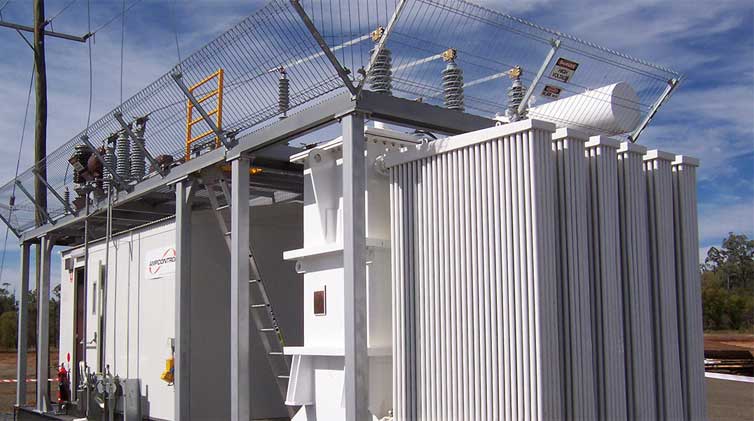Dry Rectifier Transformer
The dry rectifier transformer is the power transformer of the dry rectifier equipment. The characteristics of the dry rectification equipment are: the original input AC, and the secondary output DC through the dry rectification element. The variable flow is a general term for the three working modes of dry rectification, counter current and frequency conversion. Dry rectification is one of the most widely used. A transformer used as a power source for a dry rectifier device is called a dry rectifier transformer. Most of the industrial dry-rectifier DC power supplies are obtained from the AC grid through dry rectifier transformers and dry rectification equipment.
Dry rectifier transformer free samples are widely used in lighting, machine tools, mechanical and electronic equipment, medical equipment, dry rectification devices, etc. Product performance can meet the special requirements of users.
1. Electrochemical industry
This is the industry that uses the most dry rectification. Electrolytic non-ferrous compounds are prepared to produce aluminum, magnesium, copper and other metals; salt is electrolyzed to produce chlor-alkali; and water is electrolyzed to produce hydrogen and oxygen.
2. DC power supply for traction
It is used in the DC grid of mines or urban electric locomotives. Due to the empty side of the valve side joint, the short circuit fault is more, the DC load changes the amplitude, and the motor vehicle often starts, causing different degrees of short-term overload. For this reason, the temperature rise limit and current density of such transformers are both low. The impedance is about 30% larger than the corresponding power transformer.
3. DC power supply for transmission
It is mainly used to power DC motors in electric drives, such as the armature and excitation of rolling mills.
4. For DC transmission
The voltage of such dry rectifier transformers is generally above 110kV and the capacity is tens of thousands of kilovolts. Special attention should be paid to the problem of intersection and DC superposition of ground insulation.
The dry rectifier transformer free sample also has a DC power supply for electroplating or electromachining. DC power supply for excitation. DC power supply for charging and electrostatic precipitator.
In the chemical industry where dry rectifier transformers have the most free samples, high-power dry rectifiers also have low secondary voltages and large currents, so they are similar in many respects to electric furnaces. That is, the structural feature points described above, and the dry rectifier transformer are also provided. The biggest characteristic of dry rectifier transformers is that the secondary current is not sinusoidal. Due to the unidirectional conduction characteristics of the subsequent dry rectifying elements, the phase currents no longer flow with the load current at the same time but the soft current conducts. The unidirectional pulsating current is converted to direct current by the filtering means. The secondary voltage of the dry rectifier transformer is related to the capacity connection group, such as the commonly used three-phase bridge dry rectifier circuit and the double-reverse balance rectifier line. For the same DC output voltage and current required, the secondary voltage and current of the dry rectifier transformer are different. Therefore, the parameter calculation of the dry rectifier transformer is based on the dry rectification line. The general parameter calculations are all calculated from the secondary side to the primary side.
Jump to Content Sections
Leave a Message
You May Also Like
 English
English  français
français  Español
Español  русский
русский  العربية
العربية  tiếng việt
tiếng việt  Malay
Malay  Indonesia
Indonesia  বাঙালি
বাঙালি 

